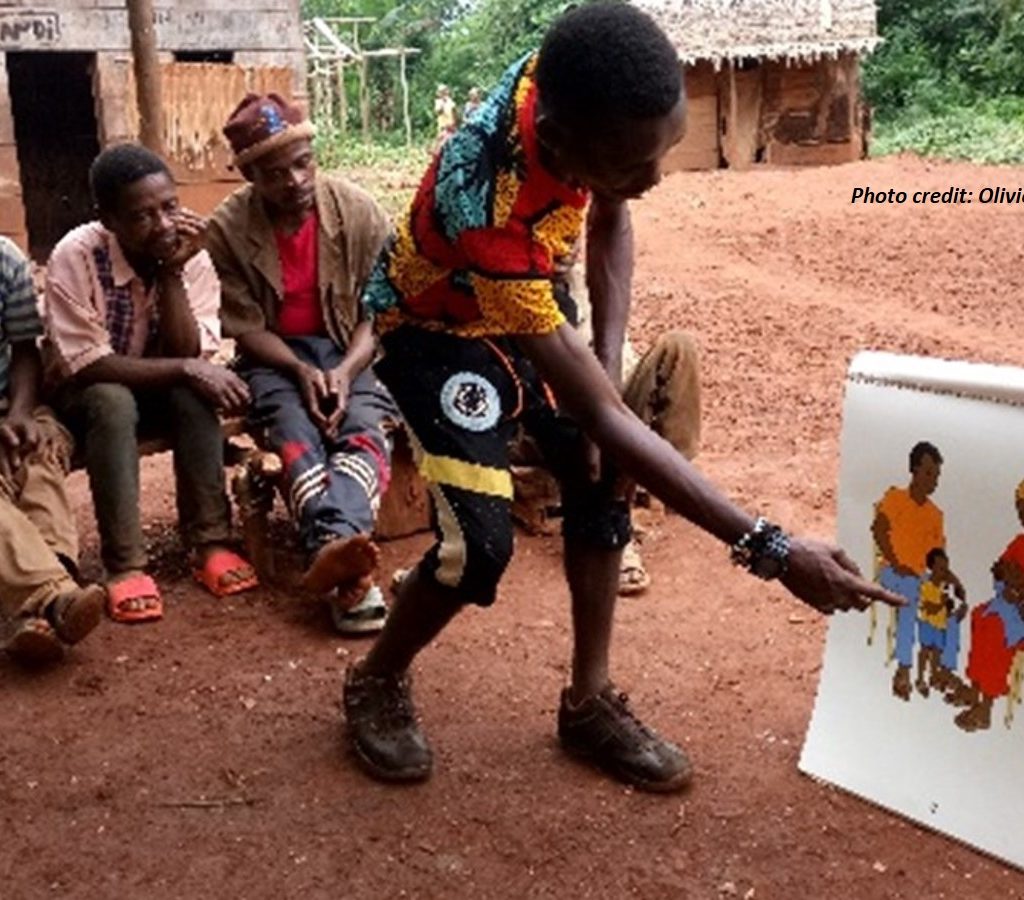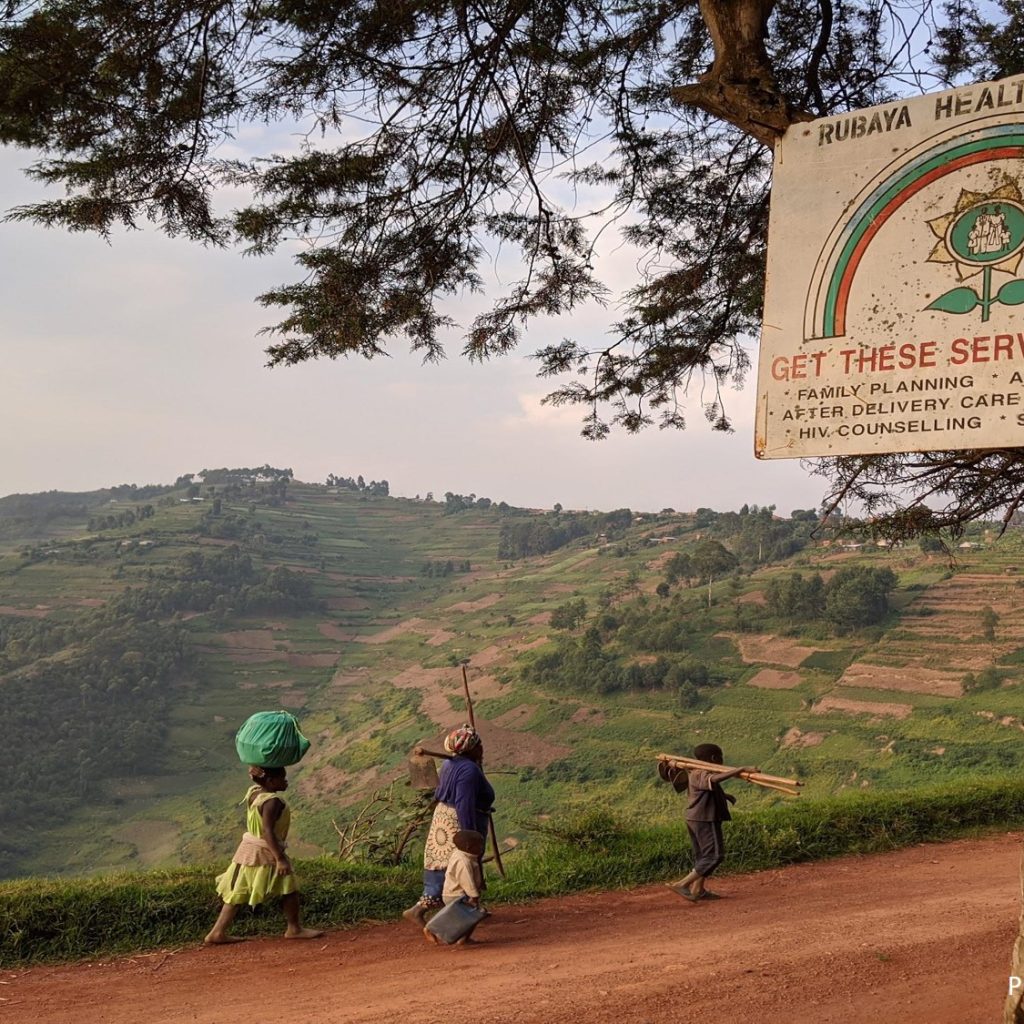The World Population Data Sheet 2021 reports that Africa’s population is rapidly growing. The report further reveals that Africa has the highest fertility rate at 4.3% and the highest projected population growth rate of any region worldwide. All of the world’s countries with fertility rates of over 5 children per woman are in Africa.
Speaking at a recent webinar by the Africa Biodiversity Collaborative Group (ABCG) on Population, Health and Environment (PHE) approaches and benefits for conservation on August 19, 2021, Tess McLoud, Policy Advisor for the People, Health, Planet program at Population Reference Bureau gave a presentation on population dynamics in Africa and the implications for PHE. The webinar featured panelists from ABCG members World Wildlife Fund (WWF), Conservation International, and partner Population Reference Bureau.
The panel discussion focused on the benefits of Population, Health and Environment (PHE) approaches for Africa’s biodiversity conservation. Discussions were centred around population dynamics and environment in Africa and their implications for PHE, World Population Data Sheet 2021 highlights, ABCG PHE lessons learned from the ABCG PHE project in Southeast Cameroon and ABCG PHE insights on the benefits for conservation.
Tess McLoud, Policy Advisor for the People, Health, Planet program at Population Reference Bureau (PRB) gave a presentation on population dynamics in Africa and their implications for PHE and PRB 2021 world Population Data Sheet highlights, focusing on the trends and implications for sustainable development and PHE in Africa.
Tess stated that Africa has a population of about 1.4 billion which is 18% of the world population. Nigeria has the largest population in Africa of at least 211 million. She further stated that 42 % of sub- Saharan population is under 15 years and the youngest of any sub-region, and 43 % of Africans live in urban areas. She highlighted that Africa has the highest fertility rate of 4.3, with the highest projected population growth rate of more than 60% of the global population from 1.4 billion in 2021 to a projection of around 2.5 billion in 2050. Understanding demographic trends and their drivers help us inform policy and programs to improve health, reduce poverty, build gender equity, and foster a sustainable relationship with the environment.
Romanaus Ikfuingei, Programme Manager WWF Lobeke National Park in Cameroon shared about ABCG PHE project lessons learnt in Cameroon. He highlighted the main activities they are implementing, challenges, solutions, lessons learnt and opportunities for future PHE interventions. He also gave an insight into the purpose of the PHE project in Lobeke National Park. Which was to inform organizations seeking to improve the ecosystem, health and conservation outcomes along with improved human well-being, for people living in and around areas of key biodiversity areas. The project sought to recognize and respect local knowledge of both women, men and most marginalized groups who depend on natural resources for survival.
“PHE approaches have offered an entry point for addressing community needs in a holistic manner, enabling positive conservation behavior change,” said Janet Edmond, the Senior Director for Inclusive Partnerships at Conservation International and the lead for the ABCG PHE working group.
Click below resources to learn more:
Webinar presentation
PHE reference data sheet
PRB 2021 world Population Data Sheet highlights





